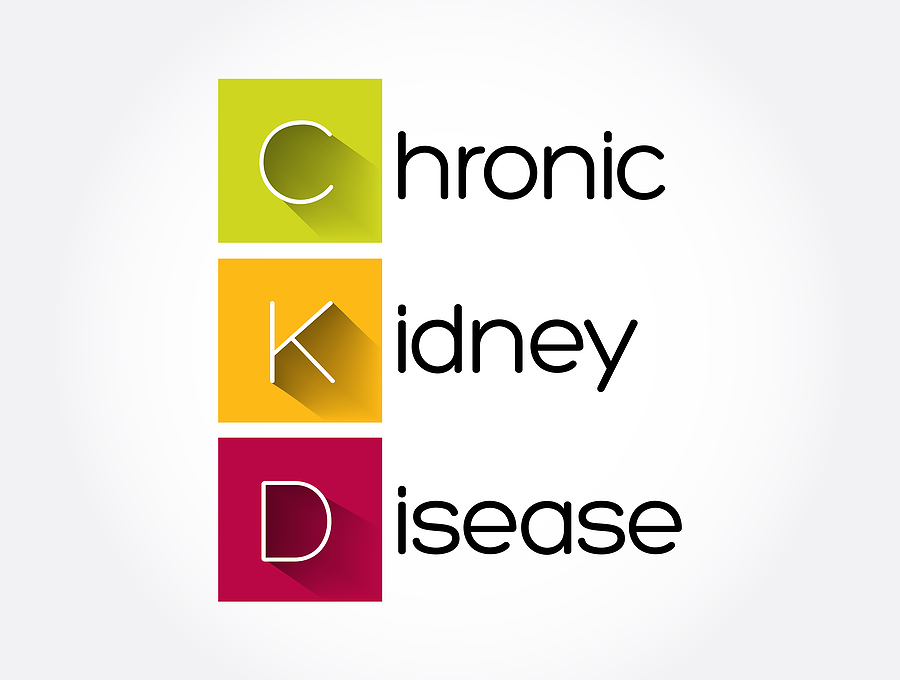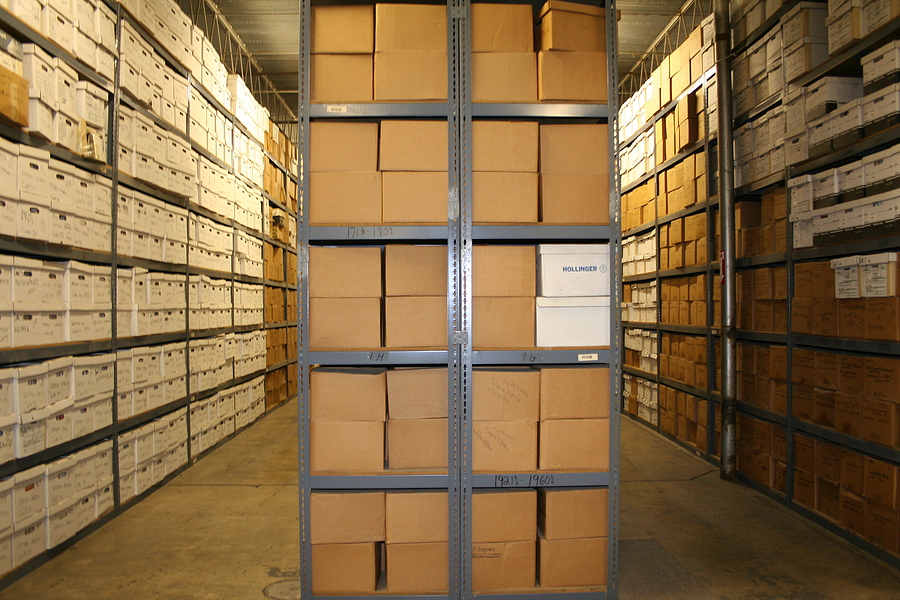CACIs and FAA Red Tape – Pilots love to hate the FAA. To be sure, it has a well-earned reputation for imposing red tape and onerous bureaucracy. “Providing the Safest, Most Efficient Aerospace System in the World” should count for something. Still, when you are amid a medical certification deferral or otherwise in their crosshairs, the FAA makes for as good a boogie man as any.
Administrative delays drag out some medical applications for months longer than reasonable. Moreover, the medical documentation they request often seems excessive to pilots and sometimes exceeds what treating physicians might advise. The list of valid criticisms could go on, but the rest of this article will focus on something else: many pilots just cannot or will not get out of their own way.
What is a CACI?
The acronym “CACI” stands for Conditions AMEs Can Issue. The CACI program was founded over a decade ago during Dr. James Fraser’s tenure as Federal Air Surgeon. Then, as now under Dr. Susan Northrup, the goal of the CACI program is to increase the number of “airman that walk out of an aviation medical examiner’s office with a new medical certificate.” [1]
The entire CACI program consists of an effort to decentralize the decision-making process for FAA medical certification. Before it existed, Aviation Medical Examiners (AME) were not allowed to issue medical certificates to pilots with new disqualifying medical conditions. That rule applied equally to conditions like coronary heart disease and heart attacks as it did to common conditions like high blood pressure.
After AMEs deferred the application, pilots had to provide supporting documentation to the FAA, and doctors at the AeroMedical Certification Division (AMCD) in Oklahoma City decided whether to issue certificates.
The CACI program almost wholly removed a layer of bureaucracy for pilots with certain conditions. The FAA granted AMEs a level of autonomy they had never had before—the ability to issue medical certificates to pilots with disqualifying conditions without asking permission from Oklahoma City.
It was a massive win for medical certification efficiency!
How Pilots Fail at CACIs
Notice that the significant change the CACI program introduced was who needs to review pilots’ medical documentation, not what needs to be reviewed.
For every CACI condition, the FAA provides a “worksheet” to be used as a reference for the AME. Some require certain laboratory studies. Others specify imaging studies or other specialized tests. What they all have in common is this opening statement on the first line under the title:
“To determine the applicant’s eligibility for certification, the AME must review a current detailed clinical progress note generated from a clinic visit with the treating physician.” [2]
Even the most ardent critic of the FAA would have trouble finding ambiguity in that statement. Sure, “current” and “detailed” are subject to interpretation, but the FAA clearly mandates that AMEs are not to simply take pilots at their word regarding their medical care. They need to see a note from your doctor that provides information about your condition and how they treat it.
Unfortunately, many pilots—often with the printed CACI worksheet in hand—arrive at their certification exam without any evidence they even have a treating doctor.
The AME Exam is a Checkride
Remember that your AME appointment is an examination and your AME is an examiner. You should not attend that appointment with questions about how a given medical condition will affect FAA certification or seeking advice.
The time to ask questions comes before you complete MedXPress and arrive at your AME’s office. As you fill out your application, take the time to do some research. You should know how the FAA regards each one of the medications you take. If you check yes to any question in section 18, figure out the FAA’s policy for that condition. Above all, be prepared with the information your AME will need to review before they ask for it.
Your actual certification exam might be scheduled in a 15-20 minute block in your AME’s schedule. If they cannot be confident that you are safe to continue flying in that period, they always have the option to defer your certification decision and let you sort things out directly with the FAA. You do not want that.
Using the CACI Program Correctly
Regarding CACI conditions, your job as a pilot is to make your AME’s job easy. Just because they can issue you a medical certificate despite your diagnosis does not mean they have to or that they will.
Most of the work in successfully using the CACI program rests on the pilot. If you have a diagnosis might cause an issue with your medical certificate, gather the appropriate medical documentation before your appointment to maximize your time with your AME.
As a medical layperson, especially one with new or multiple medical issues, you might find it difficult to judge whether you have the proper medical documentation or if your own is good enough. Do you know what will happen at your AME exam?
If the answer is anything other than “yes,” you should delay your appointment until it is. If used correctly, the CACI program can reduce the time required to apply for your medical certificate by months, but it relies on you to prepare for your exam correctly.
References
[1] “Federal Air Surgeon’s Medical Bulletin, vol. 52, no.3”.
[2] J. Frazier, “CACI – Hypertension Worksheet”.





